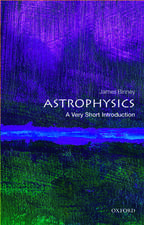Beyond the Blur
Autor Shriharsh Tendulkaren Limba Engleză Paperback – 3 iun 2014
Preț: 198.84 lei
Nou
Puncte Express: 298
Preț estimativ în valută:
38.05€ • 39.83$ • 31.48£
38.05€ • 39.83$ • 31.48£
Carte tipărită la comandă
Livrare economică 07-21 aprilie
Preluare comenzi: 021 569.72.76
Specificații
ISBN-13: 9781612334240
ISBN-10: 1612334245
Pagini: 218
Dimensiuni: 189 x 246 x 12 mm
Greutate: 0.4 kg
Editura: Dissertation.Com.
ISBN-10: 1612334245
Pagini: 218
Dimensiuni: 189 x 246 x 12 mm
Greutate: 0.4 kg
Editura: Dissertation.Com.












